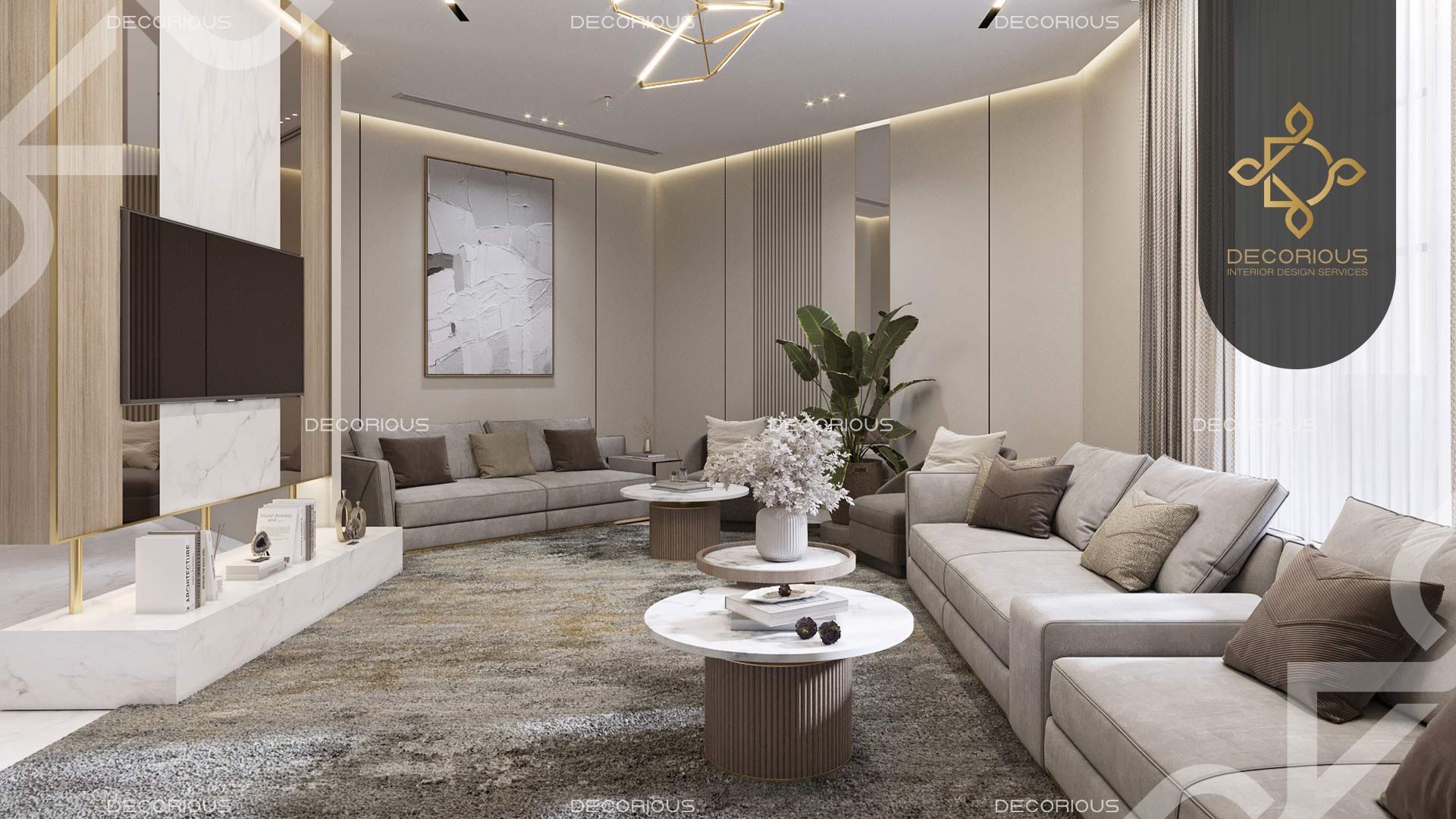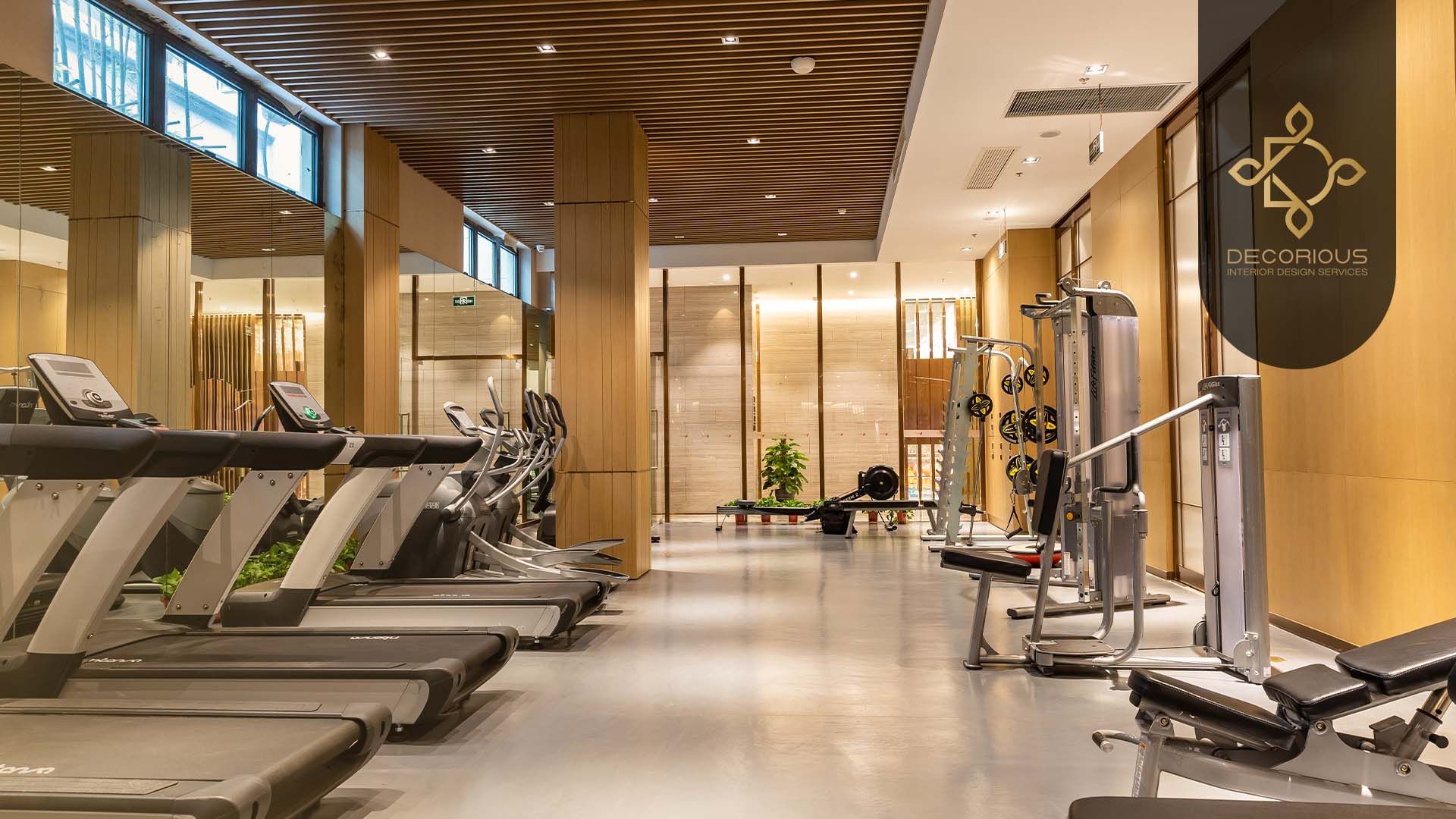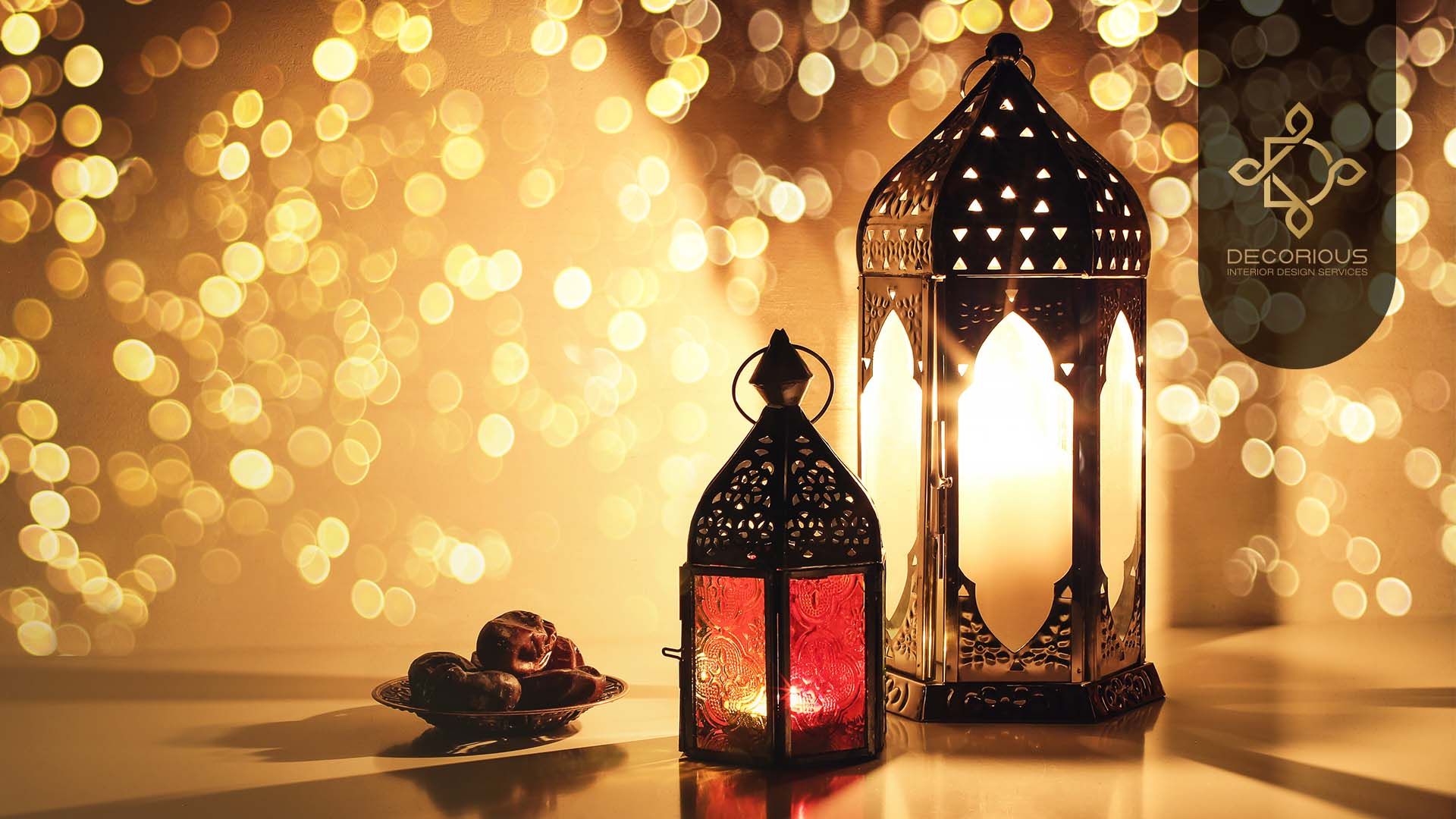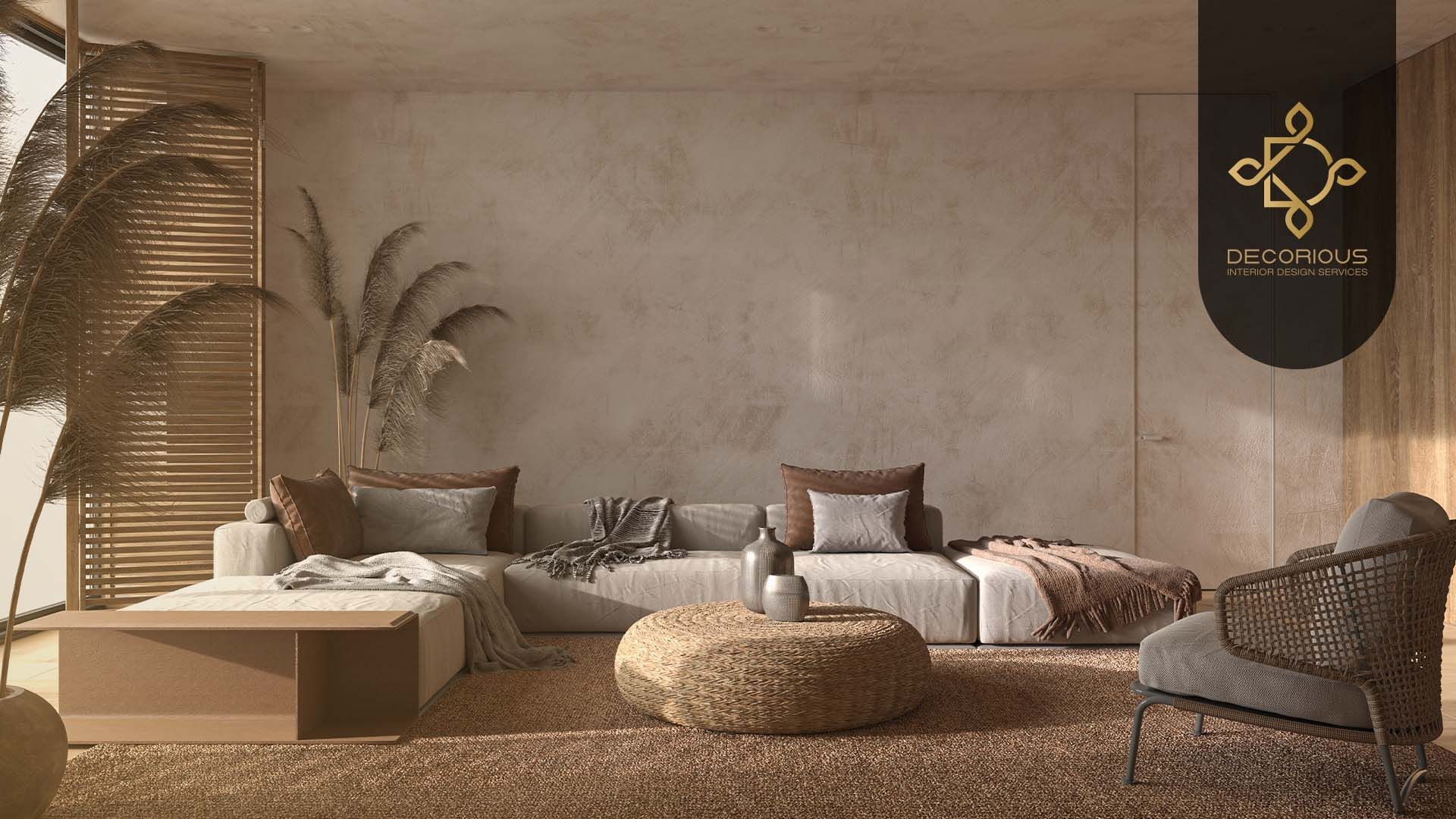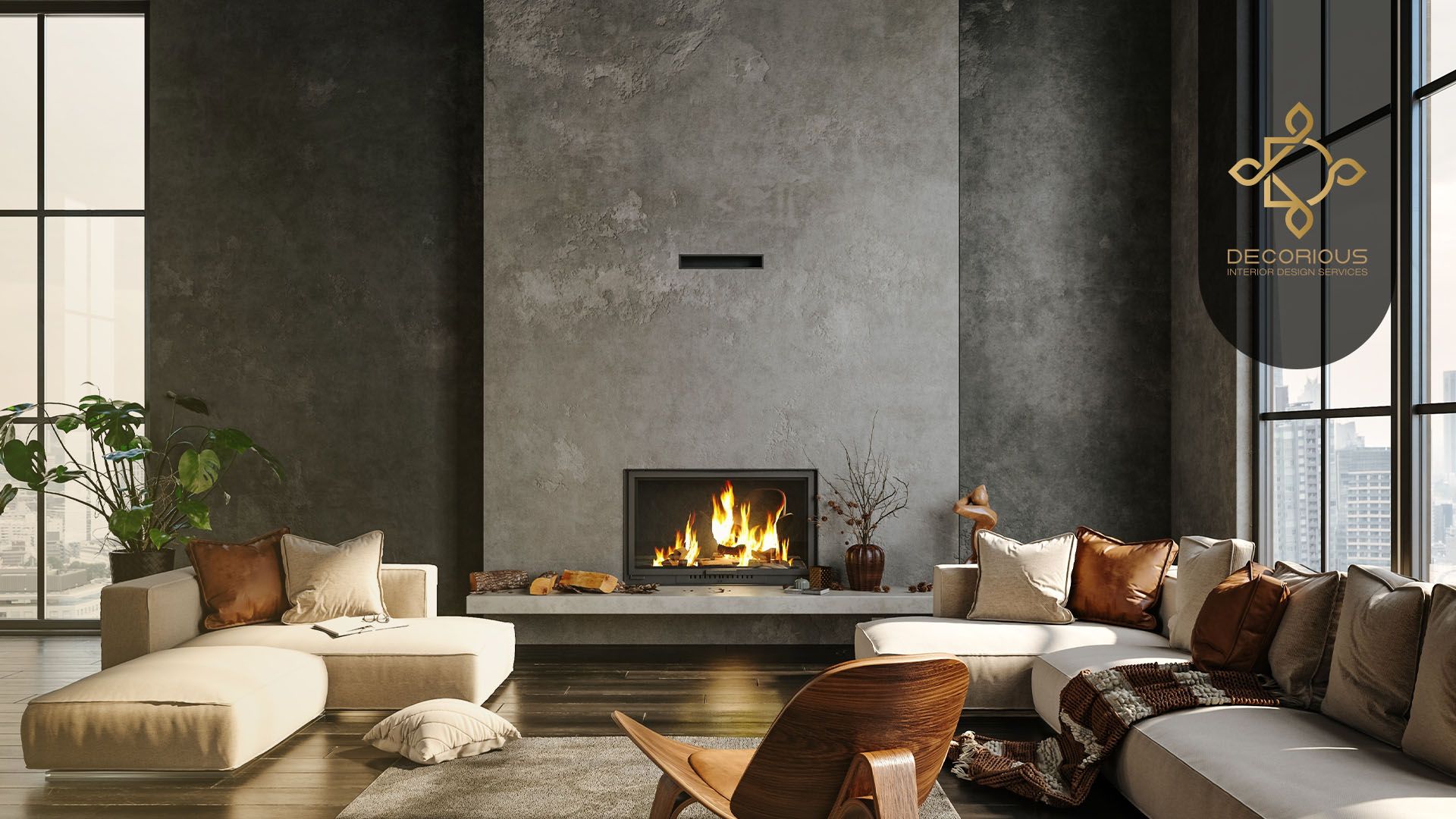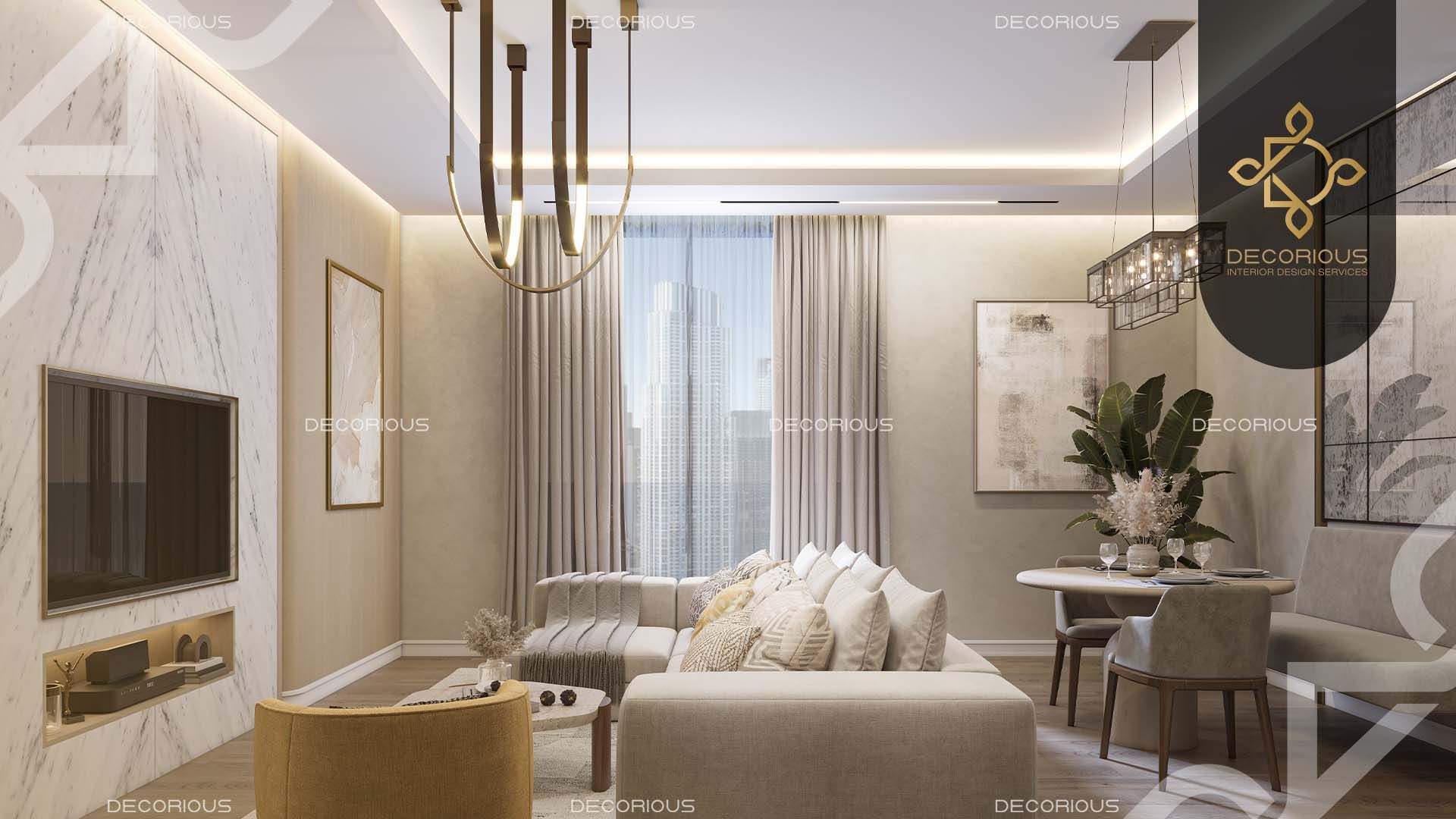
In the year 2024, Dubai has observed a rise in tourists exceeding the previous percentage of 16.73 million in 2023.
Additionally, it is anticipated that the
tourism industry’s contribution to GDP will almost double this year compared to 2023 reaching a high of 36.1%.
One thing is for sure—in the hospitality industry, personalizing every element for an excellent visitor experience to suit their tastes and needs is the key to crafting memorable stays.
This shows that this way each guest will feel respected and appreciated thanks to a customized approach.
The expert hospitality interior design services in Dubai can make such spaces a reflection of the people who live there. We do this by customizing the interior design and fit-outs to the guests’ lifestyle and esthetic choices.
So, how a good and personalized interior design is crafted? There are a few important principles that you need to cater to.
Let’s discuss them in detail.
Key Principles of Hospitality Interior Design
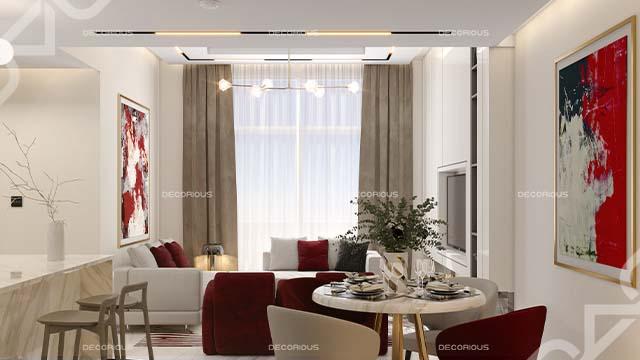
A huge part of the hospitality sector is made up of the hotel industry. This is a highly competitive and specialized sector that requires substantial education and training.
The hotel sector in Dubai needs expert interior services that approach project design and execution with a logical, accountable and process-oriented approach. The key principles of hospitality interior design include:
Prioritizing Comfort
Prioritizing comfort is important when designing any type of hospitality space. Whether they are just visiting or staying for the night, guests should feel comfortable and at ease. Because, of course, that’s what they are paying for!
Choose durable, ergonomic and comfy furniture. To establish a comfortable ambiance, go for luxury upholstery, ambient lighting and high-quality bedding.
To ensure that the noise from neighboring areas won’t bother your guests, you need to think about the acoustic design of the space.
Also, to maintain the ideal room temperature, make sure the area has sufficient heating and cooling equipment and is well-insulated.
Making comfort a top priority will allow you to design a space that visitors will love being in.
Read more:
Space Planning in Interior Design: An Ultimate Guide
Design for Sustainability
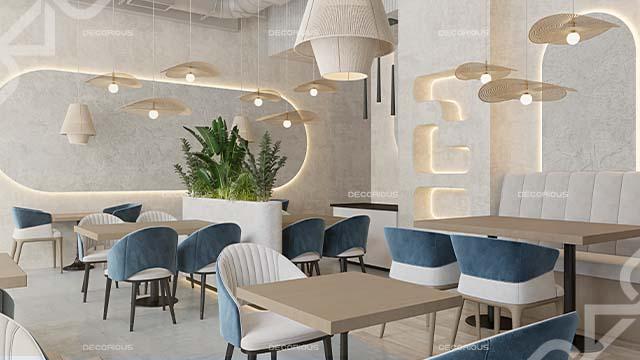
These days, designing with sustainability in mind is the standard, not the exception!
For this reason, sustainability should be considered when designing a functional hotel. Don’t forget to add eco-friendly design principles, energy-efficient systems, and green materials to your design.
Utilizing renewable resources minimizes environmental impact while optimizing energy usage and production functional spaces.
A Lot More Focus on Lighting
We are all well aware that lighting has the ability to completely transform an area. It is an important tool for establishing the tone, generating ambiance, and highlighting the delicate details of the decor and architecture.
Poor lighting can create a warm and inviting atmosphere in a hotel lobby or transform a dining area into a comfortable private location.
Hospitality interior design can create a balance between functionality and elegance that meets the requirements and needs of the guests by combining ambient, task and accent lighting,
This leads to our next point…
Ambience
Ambient lighting sets out the overall tone of a space by providing a gentle glow. On the other hand, task lighting concentrates on specific areas to improve functionality.
For example, kitchen lights under cabinets or reading lamps.
Accent lighting adds depth and richness by highlighting artworks or architectural details.
When combined, these lighting layers produce areas that are both aesthetically pleasing and flexible enough to accommodate the different activities and moods of guests.
Read more:
Principles of Lighting in Interior Design
Infuse Technology
As we are continuously connected, using modern technology into your hospitality design can greatly improve the visitor experience and boost operations.
If a hotel fails to accommodate visitors’ electronic devices, they will likely opt to stay somewhere else, leaving with unsatisfactory feedback.
Breathe In Functionality
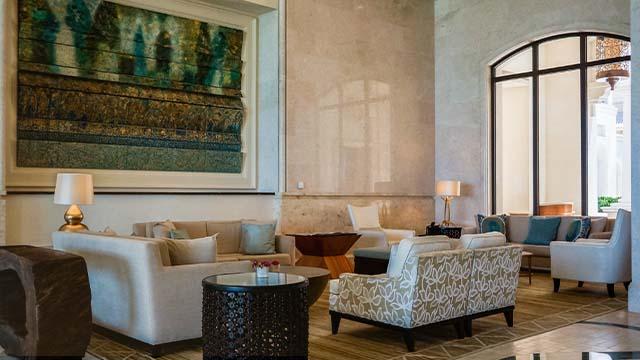
Apart from furniture, functionality also matters for overall design and organization. For example, decluttering living areas with smart storage solutions can make them airier and more comfortable.
The control of lighting, temperature and entertainment systems is possible through advancements in automation and technology, which further improve performance and create an environment that caters to the needs of visitors.
Infused with a sharper sense of design, comfort and functionality, our expert interior designers create spaces that are not only aesthetically pleasing but also incredibly welcoming.
Successful hotels base their design decisions on the unique preferences of a specific market. While some identify as “Marriott” types, others identify as “Airbnb” types.
Nowadays, tourists prefer to stay in spaces that support the interest and relevance of their activities.
This is one of the reasons you should be quite detailed when considering your customer avatar for the design. It can benefit your business to know what your customers’ favorite leisure activities are.
Read also:
Small Salon Interior Design Ideas
A Lot More Focus on Products
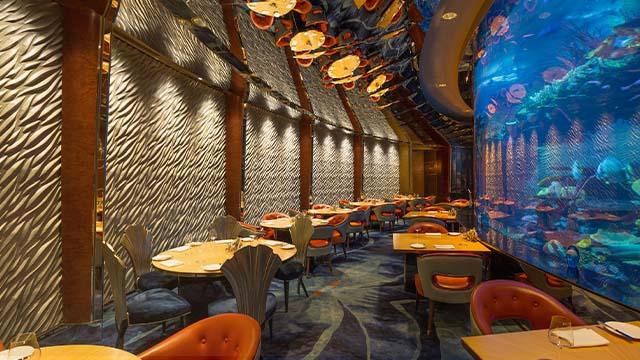
Your products should always be the center of attention since they are what make your business unique, regardless of the atmosphere you want to create or the experiences you want to deliver.
They are the source of your revenue. Therefore, highlighting your socializing spaces with lighting will benefit your hospitality design by allowing guests to easily see where they can go to relax.
Well, doing so will ultimately hurt your bottom line if you don't put your items in the front end or the center!
Read also:
Interior Design Considerations: Key Factors for Creating Beautiful Spaces
Important Elements of Hospitality Architecture
While architecture and design are used in a combo, the elements for hospitality architecture are based on principles of hospitality design.
Architecture in hospitality refers to the design and construction of spaces that are specifically customized for guests or visitors.
This includes hotels, resorts, bars, restaurants, and other leisure facilities. The goal of hospitality architecture is to blend beauty, functionality and comfort to create memorable experiences for visitors.
Key elements of
hospitality architecture and design include:
- Welcoming Spaces: Creating inviting and comfortable environments for guests.
- Functional Design: ensuring functional layouts that facilities ease of movement and use.
- Aesthetic appeal: incorporating attractive design elements that reflect the theme or brand identity.
- Sustainability: Integrating green practices and materials to promote sustainability.
- Comfort & Luxury: providing high-quality materials, furniture, fit outs, and amenities to boost guest experience.
Trends in Hospitality Interior Design
The hospitality industry needs to stay up to date with the latest trends and specifications. Our
hospitality interior design services in Dubai ensure that our creations reflect latest trends.
Internationally renowned for architectural innovation, Burj Al Arab Dubai and Museum of The Future are the master pieces of latest design trends. These buildings have been functional for more than 10 years now and are still considered the epitome of modernism.
Considering that, here are some latest trends to follow in hospitality interior design:
1- Sustainable Design
An increasing number of hotels are prioritizing eco-friendly materials and energy systems. They are incorporating materials, energy saving lighting and water conserving fixtures to promote sustainability.
2- Nature Inspired Elements
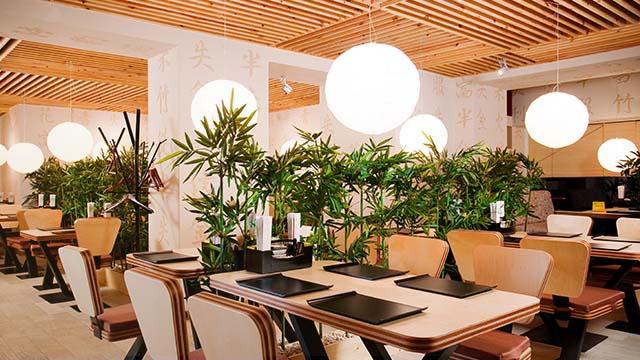
Integrating components such as plants, sunlight and water elements contributes to a biophilic ambiance. This trend aims to bring the spirit of the outside green world to indoors for guest well-being.
3- Local Cultural Influences and Artistry
Hotels are progressively infusing art and cultural aspects into their interior designs. This not only supports artists but also offers guests a distinctive and authentic experience.
4- Versatile Spaces
Flexible spaces that can cater to functions are gaining popularity not just in Dubai, but worldwide. These areas can transform into lounges, workspaces or event venues based on the needs of guests.
5- Simplicity in Design
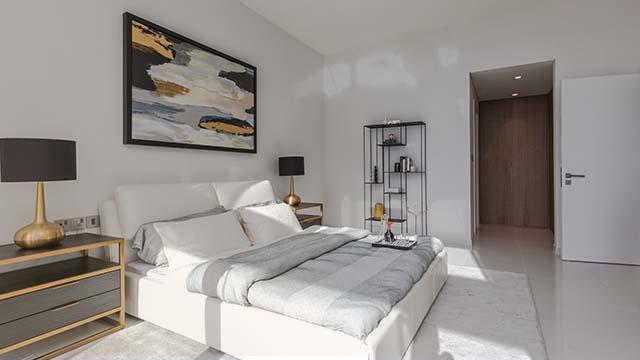
The demand for aesthetics, minimalist color schemes and clutter free environments is on the rise. Minimalist design fosters a tranquil and welcoming atmosphere that enhances guest comfort.
6- Focus on Wellness
There is a growing emphasis on prioritizing guest comfort and wellness. This includes providing high-quality wellness amenities like yoga mats and fitness gear, as well as spa like features in
bathroom interior design.
7- Open and shared areas
Spaces designed to promote socializing are trending these days. Welcoming lobbies, seating and collaborative workspaces contribute to a feeling of community among visitors.
Read also:
8 Best of the Best Gym Interior Design Trends in Dubai
FAQs
What is leisure and hospitality interior design?
Interior design in the leisure and hospitality sector focuses on creating inviting spaces for guests in places like hotels, resorts, restaurants and spas. The basic goal is to blend aesthetics with practicality to ensure guests have an excellent experience.
This type of design focuses on important elements such as lighting, furniture choices and color palettes to establish a pleasant ambiance that makes guests feel at ease and enhances their overall visit.
What is the role of design in the hospitality industry?
Design plays a crucial role in the hospitality sector by shaping the guest experience. It influences the ambiance and functionality of spaces like hotels, restaurants and resorts. Key aspects of hospitality design include:
- Establishing Ambiance: Design creates an atmosphere that welcomes and comforts guests.
- Enhancing Functionality: Planned layouts make spaces easy to navigate and utilize.
- Expressing Brand Identity: Design components like colors and decorations communicate the brand’s character and principles.
- Comfort: Comfortable furnishings along with design details contribute to customer satisfaction.
- Increasing Efficiency: Efficient design supports staff in carrying out their responsibilities, leading to excellent service quality.
Great design not only attracts visitors but also entices them to keep coming back. This plays an important crucial role in the success of businesses in the hospitality industry.
What is hospitality in architecture?
Hospitality in architecture involves crafting and constructing spaces such as hotels, restaurants and resorts to provide guests with a sense of warmth and ease. It focuses on designing spaces that are visually appealing, functional and cozy.
Successful hospitality architecture ensures that guests have a perfect experience by offering spaces that have easy-to-navigate layouts and top-notch facilities. The ultimate goal is to make guests feel at home and ensure they enjoy their time.
What is hospitality interior?
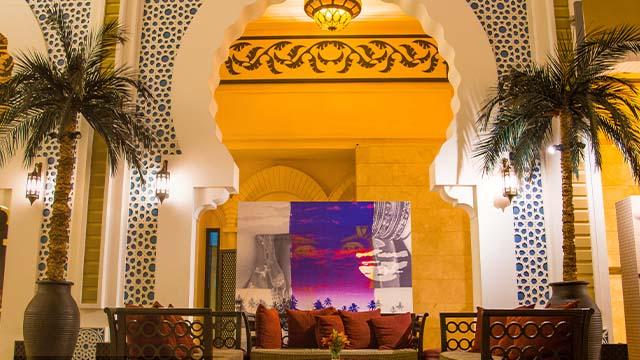
Hospitality interior design relates to the planning and decoration of areas within buildings like hotels, restaurants, bars and resorts. This involves selecting furniture, lighting fixtures, color schemes and decor elements to elevate the guest experience. A well-executed hospitality interior design scheme makes visitors feel welcomed, at ease and keen on revisiting.
What is the purpose of a hospitality room?
A hospitality room serves as a designated area where guests can relax and socialize with each other and pamper themselves with refreshments. Such areas are commonly found within hotels, as event venues and conference facilities.
So, in simple words, a hospitality room serves as an inviting area for guests to relax, socialize and engage in conversations; thus, enriching their overall visit with a convenient and enjoyable space for gathering and relaxing.
Read also:
Industrial Interior Design: An Ultimate Guide
Wrap Up
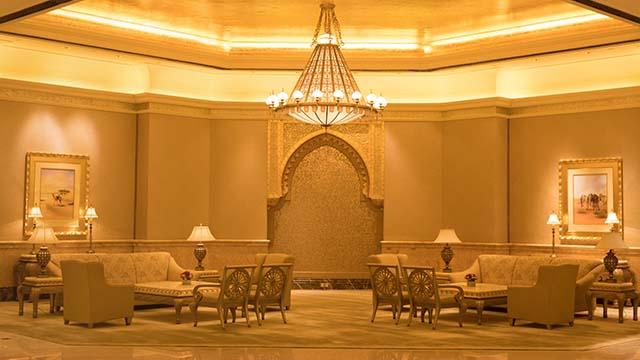
We admit that working with hospitality interior design is kind of challenging.
However, if you have the correct insights, you can take the right measurements that enhance the customer experience and set you apart from the crowd.
And Decorious Interior Design is here to help! Are you looking to design a gift shop? An indoor restaurant? A coffee shop? Or a hotel lounge? We know how to customize every design project.
No matter what industry or niche, our
interior design experts in Dubai can develop a space that precisely appeals to your target market by fusing customer expectations with your service/product offerings.
Get in touch with us right away to find out more about our services or have a look at our
hospitability design portfolio.


 In the year 2024, Dubai has observed a rise in tourists exceeding the previous percentage of 16.73 million in 2023.
In the year 2024, Dubai has observed a rise in tourists exceeding the previous percentage of 16.73 million in 2023. 







